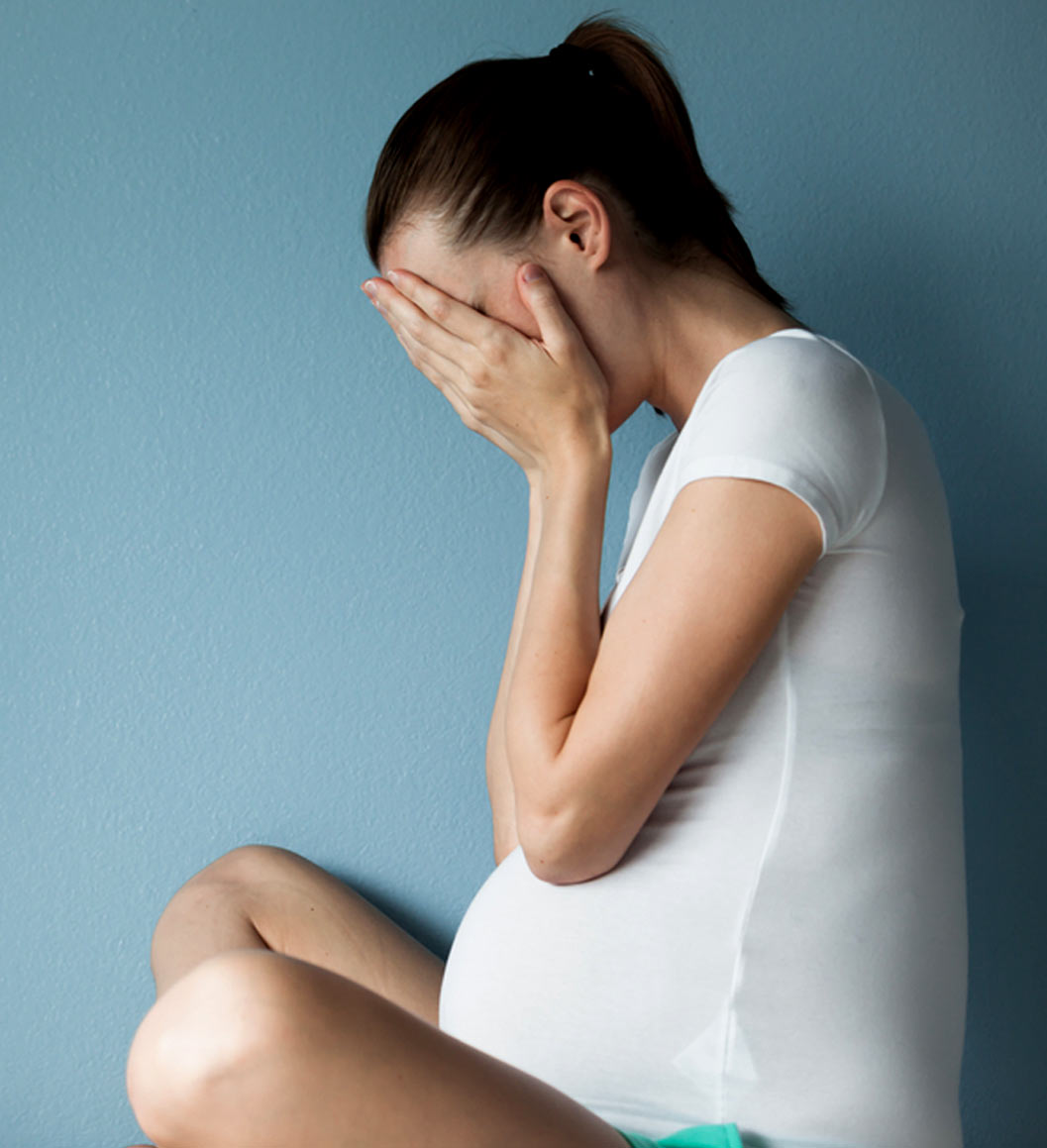
Pregnancy and childbirth are extremely sensitive aspects of the journey to motherhood, which is riddled with complications and risks. The lack of accessibility to primary care for pregnant women, awareness, and advancements in women's health are the major factors why the rates of mortality during pregnancy and childbirth are so high worldwide.
Table of Content:-
A recent study by researchers from the University of Washington, which assessed a set of women in the US, found that the rate of deaths during pregnancy and childbirth doubled in the last decade.
Pregnancy And Childbirth Complications

The study published in the JAMA Network shared that the rate of deaths was higher among the minority population, specifically the American Indian, Alaska Native and Black populations. Statistically speaking, minorities have less access to quality care, which highlights how accessibility and income disparities are key in preventing deaths during childbirth and pregnancy.
Pregnancy and childbirth can be beautiful and transformative experiences in a woman's life. However, the reason why the maternal death count is so high is that pregnancy and childbirth also bring about various complications that can be life-threatening.
Also Read: 5 Common Infections During Pregnancy That Can Be Passed On To The Baby
Pre-eclampsia
Pre-eclampsia is characterised by high blood pressure and damage to organs like the liver and kidneys. It usually begins after 20 weeks of pregnancy and can be detected by regular prenatal check-ups. However, severe cases can occur which are often damaging to the mother's heart and the chances of a regular conception.
Some of the symptoms of preeclampsia are:
- Persistent headache
- Sudden weight gain
- Difficulty breathing
- Nausea and vomiting
- Swollen face and hands
- Vision problems
- Pain in the upper abdomen or shoulder
Ectopic Pregnancy

An ectopic pregnancy happens when the fertilised egg implants outside the uterus, usually in the fallopian tube. This means that instead of growing in the womb, the fetus starts growing outside of it, usually in the tube that connects the ovaries to the uterus. This is a life-threatening complication that can jeopardize the health of not the mother and the child.
Placenta Previa
The placenta is essentially an organ that grows inside the uterus during pregnancy. Its job is to provide oxygen and nutrients to the growing fetus. In one out of 200 pregnancies worldwide, the placenta covers the cervix, or the birth canal, and is termed as Placenta Previa. This complication can cause profuse bleeding and can be potentially life-threatening for the mother if she is not closely monitored throughout the pregnancy.
C-section Complications
C-sections could be a necessity or a choice. While they are generally safe, going under the knife always poses the risk of infection, blood clots, or wound problems. For women who do not go through a C-section, and have a regular birth, the risk of infection, blood clots, and wounds stays maintained as tears or cuts can occur in the perineum during childbirth. For a new mother, who needs the time to bounce back to her former immunity, these complications can catapult her risk of getting dangerous illnesses.
The study led by Washington University shows how mothers dying during pregnancy or childbirth is a big issue, especially for people in the recesses of society. The study not only urged for policy reformations to better protect women's health but also the need for better awareness and consideration among pregnant women and those around them. That is why it is important for pregnant women to know the potential, life-altering complications of pregnancy and childbirth, attend regular prenatal check-ups, maintain a healthy lifestyle, and keep a support system around, during this delicate time.
Also watch this video
How we keep this article up to date:
We work with experts and keep a close eye on the latest in health and wellness. Whenever there is a new research or helpful information, we update our articles with accurate and useful advice.
Current Version